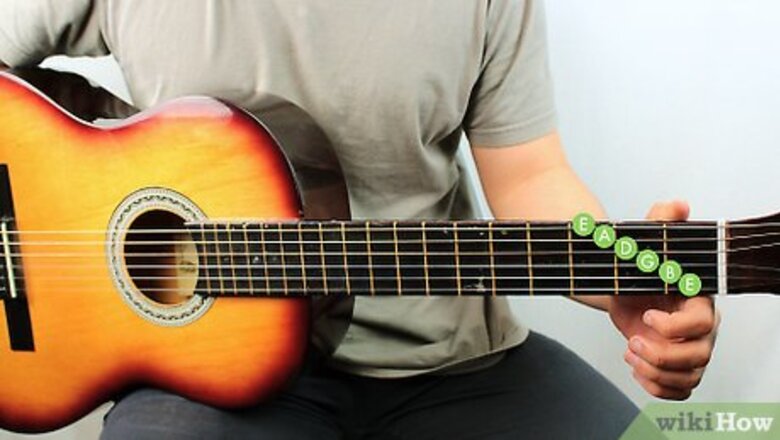
views
Learning Simple Chords and Scales
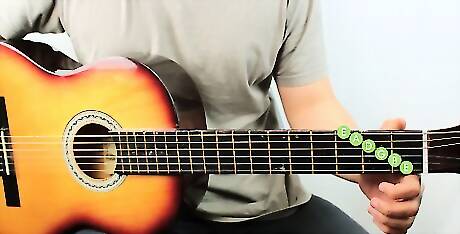
Know the difference between classical guitar and other guitars. Classical guitars use soft steel strings for E, A, and D as well as nylon strings for G, B, and E. This produces a warmer sound relative to other guitars. The principles for learning chords and scales are the exact same for any guitar except that the sound that is produced will be much different.
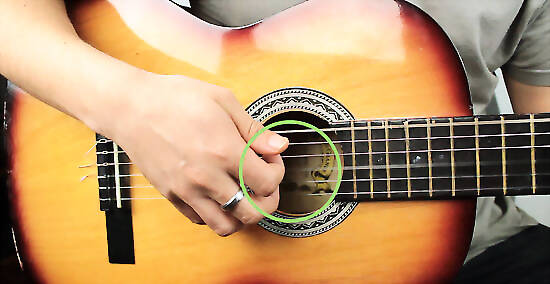
Strum correctly. Your thumb will always play the E, A, and D string which are the thicker strings closest to the top of the guitar with E being the thickest and closest to the top. Index finger plays G, middle finger plays B, ring finger plays the final string closest to the ground. Press the strings with your thumb and other fingers simultaneously. Pull multiple strings at the same time or just two depending on what’s called for. Strumming open chords means that your other hand will not be pressing down on any strings.
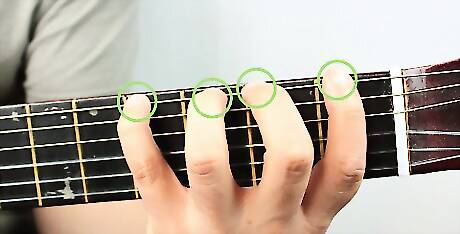
Number each finger when learning chords. Begin with the G major scale where your index finger is your first finger. The key of G starts on the third fret. The first finger uses all the strings within the second fret, the second finger uses all the strings within the third fret, third finger uses all the chords in the fourth fret, and your pinky will use all the chords in the fifth fret. Pluck each individual string with your opposite hand in the following sequence: 2, 4, 1, 2, 4, 1, 3, 4, and 1.
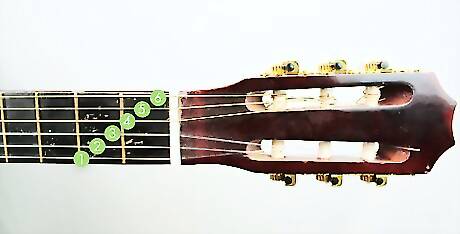
Number each string when learning chords. Assign each string a number starting at the smallest string, closest to your feet, as one, and count each successive string upward until you get to six, the largest string. This will help you follow along as you watch others play without learning how to read music. Each finger will be assigned a string depending on the chord or scale that you’re trying to play. For example, to play the G chord have your middle finger on the third fret of the 6th string, you index finger on the second fret of the fifth string, place your ring finger on the third fret of the second string, and place your pinky on the third fret of the first string. Strum all strings with your other hand to produce the G chord.
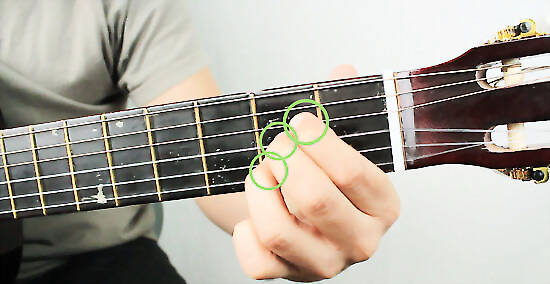
Learn the A chord. Use your first three fingers of your left hand. Place your third finger on the second string, second fret. Place your second finger on the third string, second fret. Place your first finger on the fourth string, second fret. Use your thumb on the other hand to play the fifth string to create the A chord.
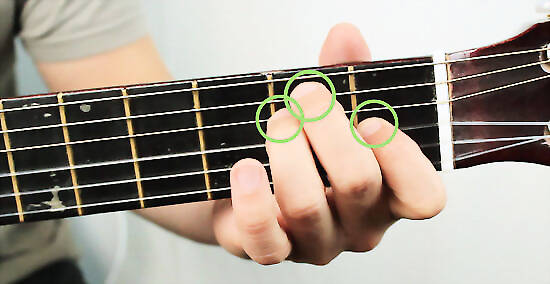
Learn the E chord. Use your first three fingers of your left hand. Place the first finger on the third string, first fret. Place your third finger on the fourth string, second fret. Place your second finger on the fifth string, second fret. Use your thumb on the other hand to strum all the strings to create an E chord. You may also strum only the strings being held down.
Learning Guitar Anatomy
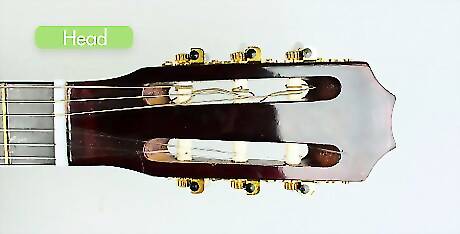
Start at the head. The top part, or the head, of the guitar should guide you. The head is composed of the top of the strings and tuning keys. You will need to make sure your guitar is in tune before anything else by adjusting the tuning keys.
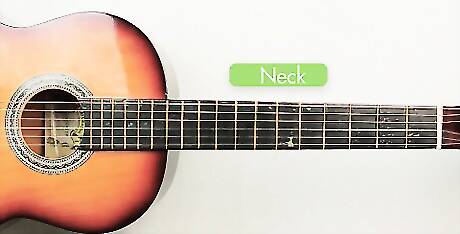
Move along the neck. Frets line the neck and fingerboards are in between each fret. A fret is a small metal line while the circular metal notches on the neck are your position markers. Position markers let you know where you are in relation to the length of the scale. The fretboard is also known as the fingerboard and is either a flat or slightly curved piece of wood that has metal fretwires embedded onto it. When you press a guitar string against the fretboard you produce a higher tone because you shorten the vibrating length of the string. Frets divide the length of string mathematically. A different pitch is produced with each fret. An octave is produced at every 12 frets. Frets often are the first to wear out if you play your guitar often but they can be replaced or re-shaped as needed.
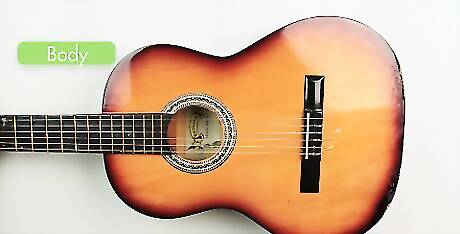
Finish at the body. The end of the strings are held up by the saddle and bridge. These two components also keep your strings taut with your tuning keys. The opening at the center of your guitar aids in projecting the sound of your guitar. It is known as the soundhole. In order to protect the body of your guitar from scratching, there is a piece of protective material above the sound hole known as a pick guard. The body is an essential element in shaping the overall sound of your guitar. The soundboard is the top of the guitar body and is well crafted and engineered. Internal bracing greatly affects the sound quality of your guitar. The sound of your guitar is produced when the vibration energy of your strings is transferred to your guitar top. The body acts as a resonating chamber and projects the vibrations of the strings using the sound hole, which amplifies the sound. Your guitar’s maximum volume is determined by the amount of air it moves through the sound hole.
Positioning Your Body
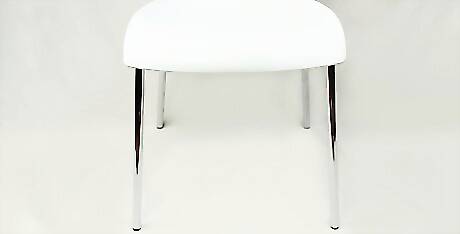
Use the correct chair. Unlike other types of guitar, the classical guitar is always played while sitting down on a chair. Choose a chair that has a firm base and no elbow rests. Elbow rests will get in the way when you play and you will need a firm base to give you support and keep you comfortable. Do not slouch as this will hurt your back. Your lower legs and thigh should create a 90 degree angle or as close to a 90 degree angle as you can manage. The chair height will determine your leg positioning.
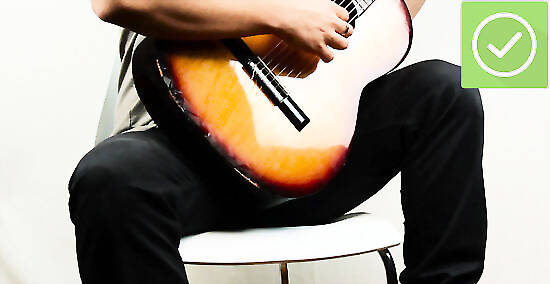
Position your legs. Your leg positioning should alleviate any stress on your lower back. Legs are commonly shoulder width apart but some guitarists may also prefer a wider stance. Comfort is your number one priority. Some traditions state a different leg position. For example, Spanish guitarists play with their legs together. Position yourself so that your back is comfortable. The more curved your legs make your back, the more stress you put on your back.
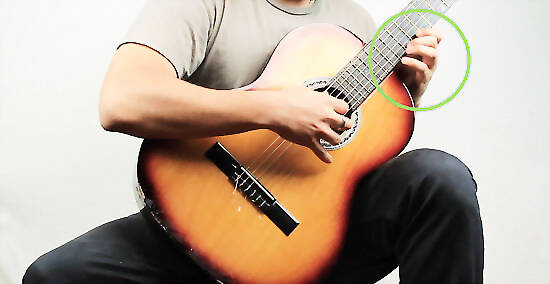
Adjust your left hand. This assumes that you will be playing right handed, otherwise simply flip the instructions. Your left hand should reach the fretboard with ease. You shouldn’t have to drop your left shoulder as you try to reach the fretboard. Correct playing position should be comfortable and without strain. Use a footstool to raise the left leg and, therefore, raise the guitar resting on it closer to your left hand. The footstool must be at a position that is comfortable depending on your height and the height of your chair. Use a guitar support to raise your guitar. A guitar support is exactly as it sounds. Simply rest it on your left leg to raise your guitar. Be aware that some argue that raising your left leg causes your lower spine to twist. Fatigue and stress may result in such a movement.

Get comfortable. It’s imperative that you feel comfortable when playing classical guitar. While comfort is different for each person, be sure to develop good habits to make sure you don’t sacrifice long term health for short term comfort. Most important is having a relaxed and straight back along with an open chest. This posture allows you to breathe freely while seated in a comfortable position. You will also need to be in a position that allows your arms to move freely and easily. Any position that puts a strain on any part of your body needs to be adjusted.
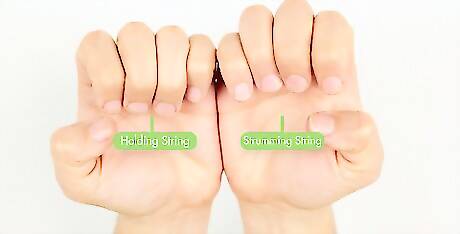
Trim your fingernail length according to your hand use. Trim the fingernails of your fretting hand so that you have maximum control when holding the strings. Keep your fingernails longer for your picking hand as this will help you play. While some players use fingertips, longer fingernails may help to produce a higher volume. A combination of fingernail length works best especially with long nails and guitar rhythm through taps and strumming. However, fingernail length should be kept at what is comfortable for you. being used for strumming and taps.



















Comments
0 comment